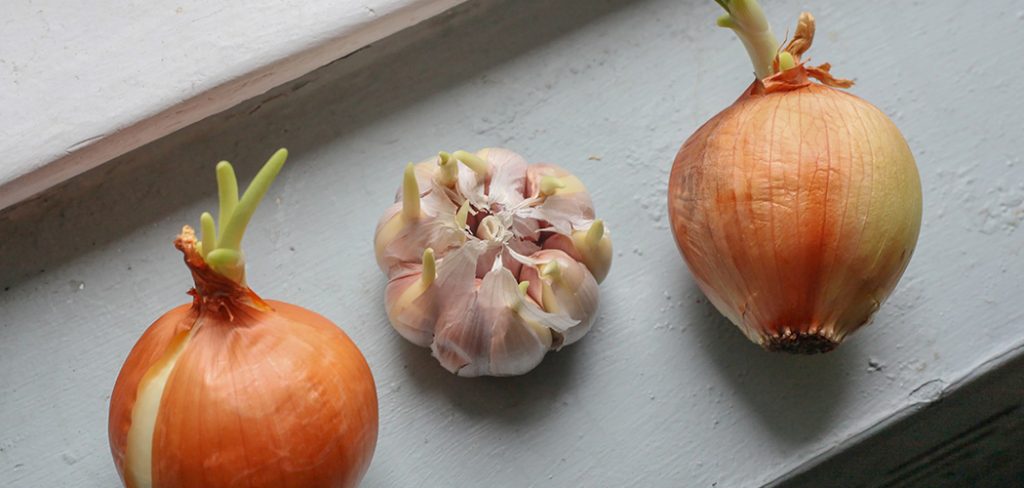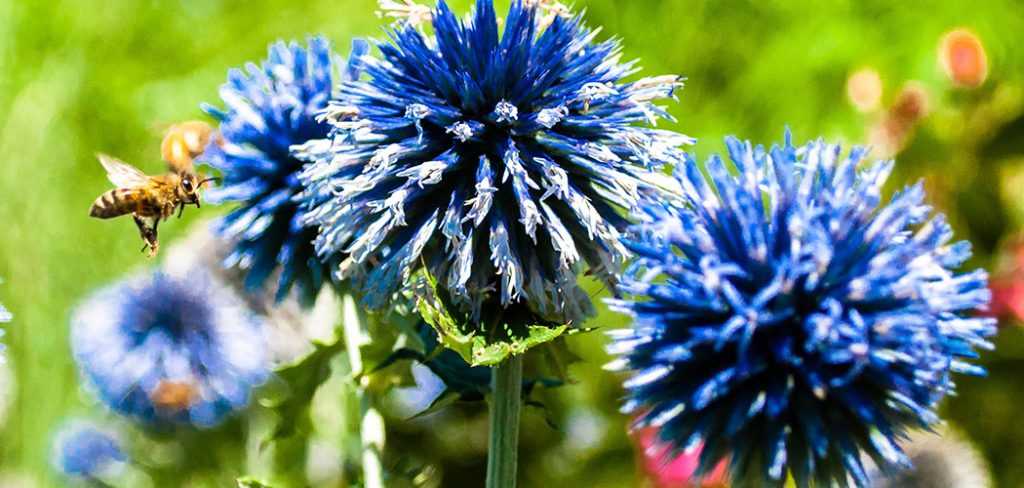The best time for growing butternut squash is around the summer. Harvesting butternut squash is guaranteed at around October to November. To get it right when to comes to harvesting these fruits. You need to have certain information that includes signs that will tell if your butternut squash is mature enough for harvesting. So when is the right time to harvest butternut squash, stick around to find out?
One of the joys of being a farmer is having fresh food. Particularly vegetables brightening up your farm or home garden with green all over. Vegetables are probably the healthiest plants you can ever grow. Of all the kitchen garden vegetables you can grow. Butternut squash is one of the most simply grown vegetables and can be grown in bulk. Which can be later be stored for later consumption.
Clear Signs of Mature Butternut Squash
If, as a farmer, you have planted winter squash, and now you are making plans to harvest. You need to exercise patience first. Yes, you need to wait for mature butternut squash. But you need to have the skills to tell whether your fruits are ripe enough for harvesting or not?
If you end up harvesting your squashes before they reach their prime. Your fruits will neither be firm enough nor suitable for storage. Still, if you wait for a more extended time. Without the proper knowledge of the maturity time, your squashes will split.
This is a situation that can be easily solved. As long as you follow and monitor given visible signs of mature butternut squash. You can be guaranteed proper estimates on harvesting butternut squash. Here are four sings that you need to be on the lookout for;
1. Appearance
First and foremost, you need to take note of the color. Mature butternut squash has a deep tan color, same as that of peanuts with minimal stripes or none at all near the stem. When the butternut squash is grown on vines, you will notice green vertical lines, which usually fades as the fruits mature; therefore, you observe your vines regularly.
If you notice that your squashes still have a green color with stripes on them, wait for a minimum of one to two weeks, which is when you can harvest when you are convinced that it has reached full maturity.
2. Distance end to end
Length is crucial in determining if your squashes are mature enough, and to take note of this, bear in mind that a mature butternut squash reaches a length of 8-10 inches. The length of these ripe squashes depends upon variety as well as the type of soil. When the soil is rich in nutrients, squashes will grow to their maximum length. Therefore, when determining the maturity of your squashes, observe their growth daily and if you notice that they have stopped growing, then this is an indication that your butternut squashes have reached maturity and are ready for harvesting.
3. Monitor Stem
This is a more efficient way of checking whether your butternuts are ripe. By observing the stem, you can tell if your fruits are ready for harvesting. If you notice that the stem is brown in color and seems to have cracks, this is a clear suggestionthat your fruits have reached maturity. The reason for this is that when the fruits mature, the plant will gradually halt transferringnutrients to the butternuts, and the stems ultimately dry up, hence the color change from green to brown.
4. Stiffness
To determine the toughness of the butternuts, you can use your fingernails. Now for this taste, you need to puncture the skin with your fingernails, and when you notice that the skin can be punctured, and then this is a sign that your butternuts are not yet mature. But, if you notice that you are having a hard time puncturing the skin, and then you have a go-ahead of harvesting butternut squash form your home garden or farm.
Read my other post on growing squash vertically.
Things to Consider when Harvesting Butternut Squash
After you have grasped the information on the signs to look out for when looking out for the maturity of your fruits, now you have to consider easytips ahead of harvesting your mature butternut squash. Here are a few tips for you to follow to ensure minimal wastage to your fruits.
- Sharp shears will do the trick correctly when it comes to harvesting your butternuts. You need to cut the fruits rather than pulling them from the plant’s vines.
- You should try to harvest your squashes a day or two ahead of the start of frost if your area is prone to frost. This is because icy weather conditions can be detrimental for your mature butternut squash
- For the butternuts that are improperly harvested, you need to make use of them as soon as possible, as these squashes are more inclinedto attack by bacteria.
- Harvesting butternut squash when they are mature at the right time will ensure that you effectively store your butternut.
Conclusion
Knowing when it is the right time for harvesting butternut squash is more of a skill that is acquired over time. This experience is gained by consistent observations of your plants daily and failure to do so will result in wastage. Butternut squash is a very delicious vegetable that can be stored for long periods provided they are stored correctly.
All this depends on the harvesting period. If you conducted your harvesting correctly or you messed up with most of the fruits since they are very delicate as well as being susceptible to bacteria. Having knowledge of the right time to harvest butternuts hugely relies on the time the plants were also planted, and correct periods should be understood regarding the harvesting dates. You need to get this right, and you will be guaranteed recipes full of flavors throughout the seasons.
Check out my article on Square foot gardening.

